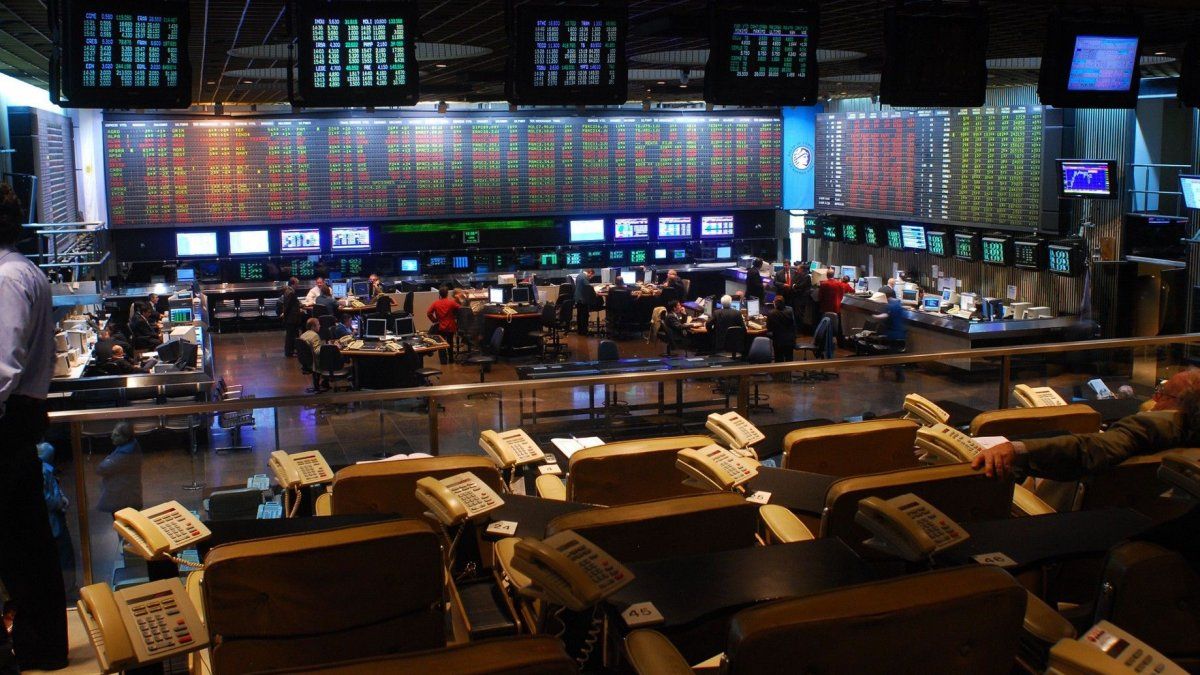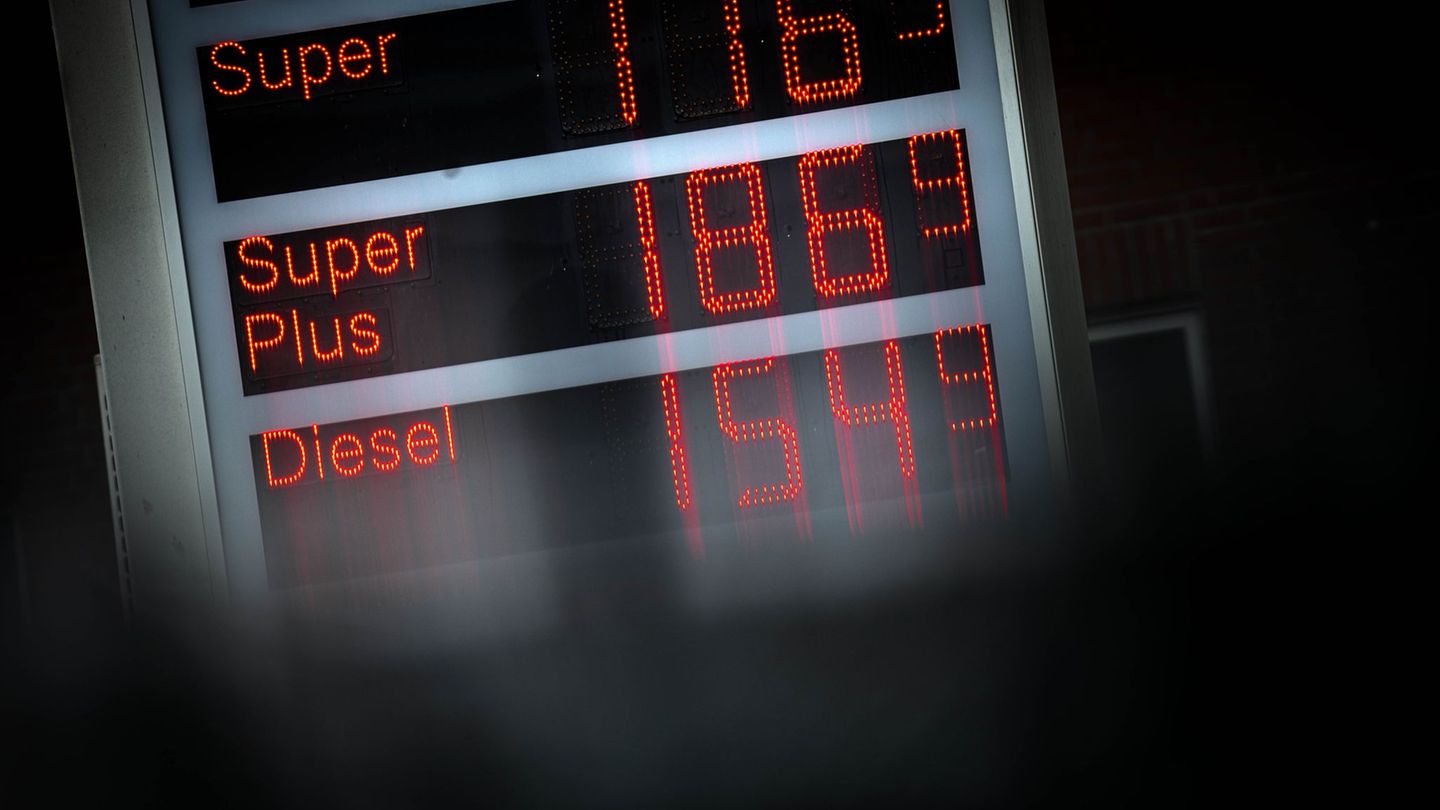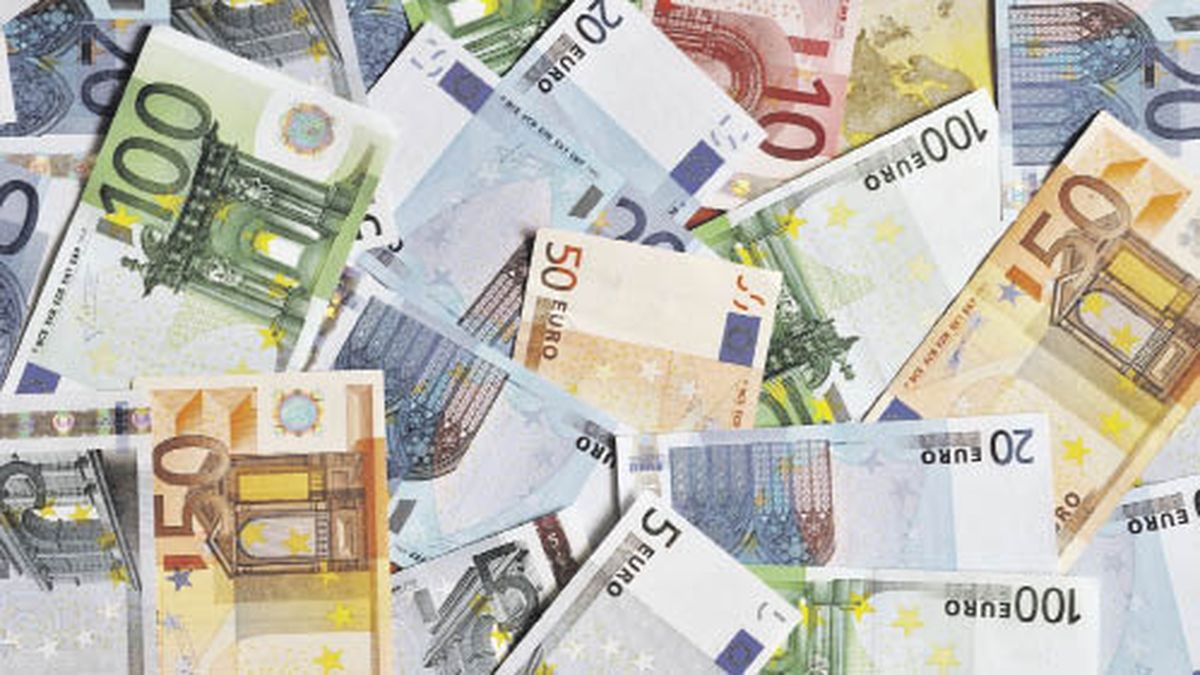Wall Street’s main indexes fell on Thursday on fears about persistent inflation and the aggressive cycle of interest rate hikes from the Federal Reserve, while shares of Tesla fell on doubts about the financing of the proposed purchase of Twitter by part of Elon Musk.
Before falling Markets were briefly comforted by data showing a rise in weekly jobless claims as hopes rose that the Fed would make lesser progress on its rapid rate hikes.
The disclosure of figures that showed an increase in weekly applications for unemployment benefits in the United States is another condition for investors, in a market with an eye on the participation of several officials of the Federal Reserve in different public acts.
In this context, the managing director of the International Monetary Fund (IMF), Kristalina Georgiev, He argued that the outlook for the global economy is darkening due to the disruptions caused by the COVID-19 pandemic, Russia’s invasion of Ukraine and weather disasters on all continents, and could get worse.
For its part, the International Monetary Fund will release liquidity in favor of the reserves of the central bank (BCRA). The board of the multilateral credit organization will meet on Friday in Washington and the agenda includes the treatment of objectives achieved by the Argentine government in the second quarter of 2022, which would release almost 4,000 million dollars for the BCRA.
“Attention continues to be focused on the daily balance of BCRA interventions in a stage of lower foreign exchange supply,” said the consulting firm Estudio Ber.
He noted that “thus, beyond the usual seasonality, financial dollars appear relatively sustained and stable, expecting the administration of a scenario of ‘more pesos, less dollars’ in this last quarter”.
The Ministry of Economy confirmed to Reuters the trip during the coming week of its head, Sergio Massa, to the US capital to attend the annual meeting of the IMF and the World Bank.
Bonds and country risk
In the fixed income segment, hard currency titles traded unevenly with increases of up to 4% led by Global 2038, followed by Global 2041 (3.3%) and Bonar 2035 (1.8%). Meanwhile, interest in the CER debt continues pending the inflation data, with short leceres gaining 0.75%, while the longest tranche rose 0.4%, operators say. The increases of up to 1.4% are led by the Boncer 2023, the Boncer 2024 maturing in March 2024 at 1.3% and the Quasipar with a rise of 1%.
“With inflation winning the nominal race, beyond the adjustment of interest rates and the acceleration of the devaluation of the official exchange rate, we continue to recommend being positioned in short-term CER bonds. They are closely followed by the short Ledes that present attractive yields with TNA of 75%. With the BCRA having greater strength in its international reserves, we believe that exchange-rate adjustable bonds are less attractive, although we recommend maintaining a proportion in the portfolio as currency hedging. Outside of them, we find value in CER instruments with pre-PASO expiration, such as the TX23 and the January and February Lecers. In terms of devaluation coverage, dual bonds seem to us the most attractive given the advantage of having devaluation and inflation insurance,” said Martin Polo, Cohen’s chief strategist.
In that context, the risk country it falls 0.22% to 2,762 basis points.
Source: Ambito
David William is a talented author who has made a name for himself in the world of writing. He is a professional author who writes on a wide range of topics, from general interest to opinion news. David is currently working as a writer at 24 hours worlds where he brings his unique perspective and in-depth research to his articles, making them both informative and engaging.




